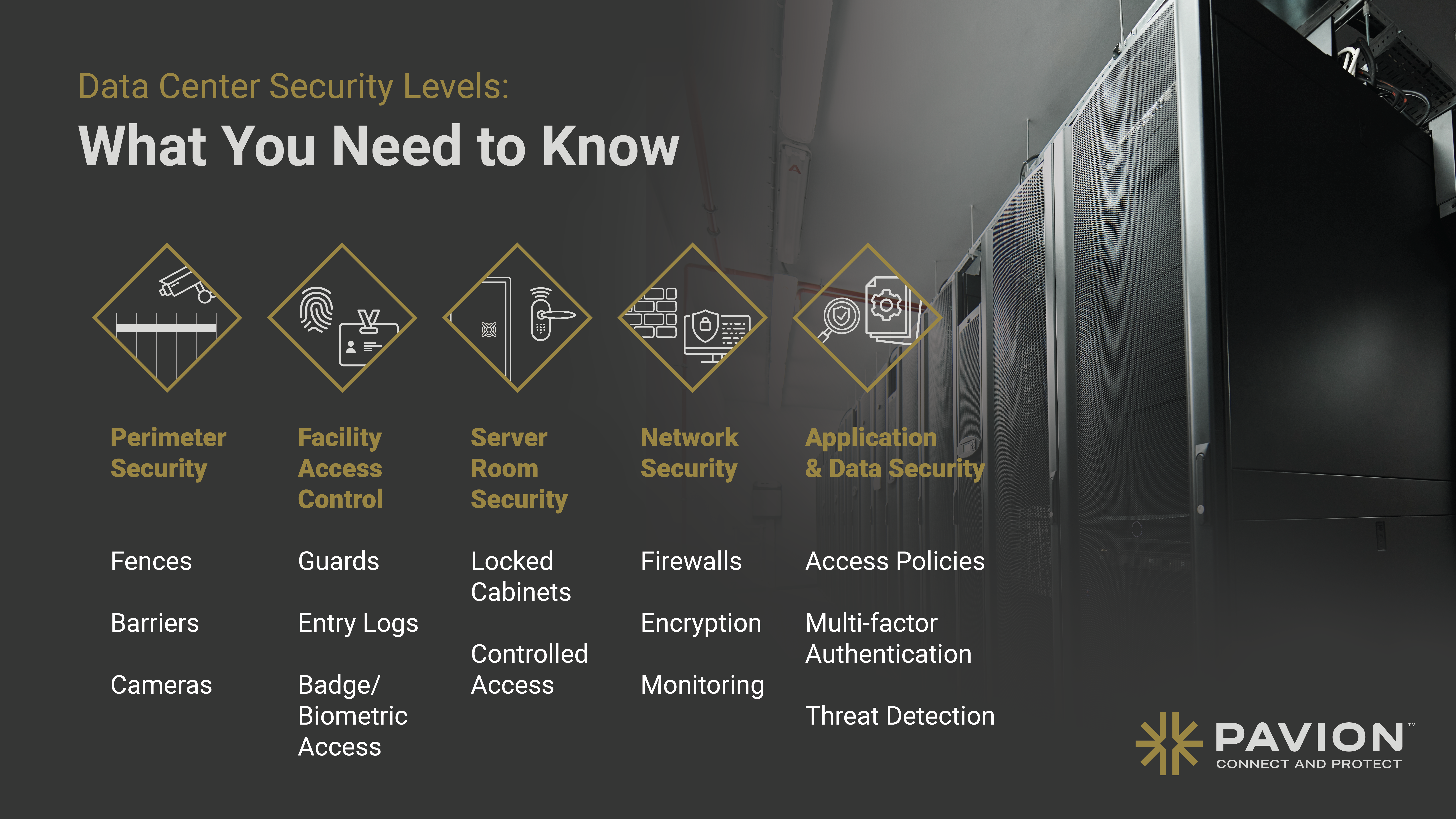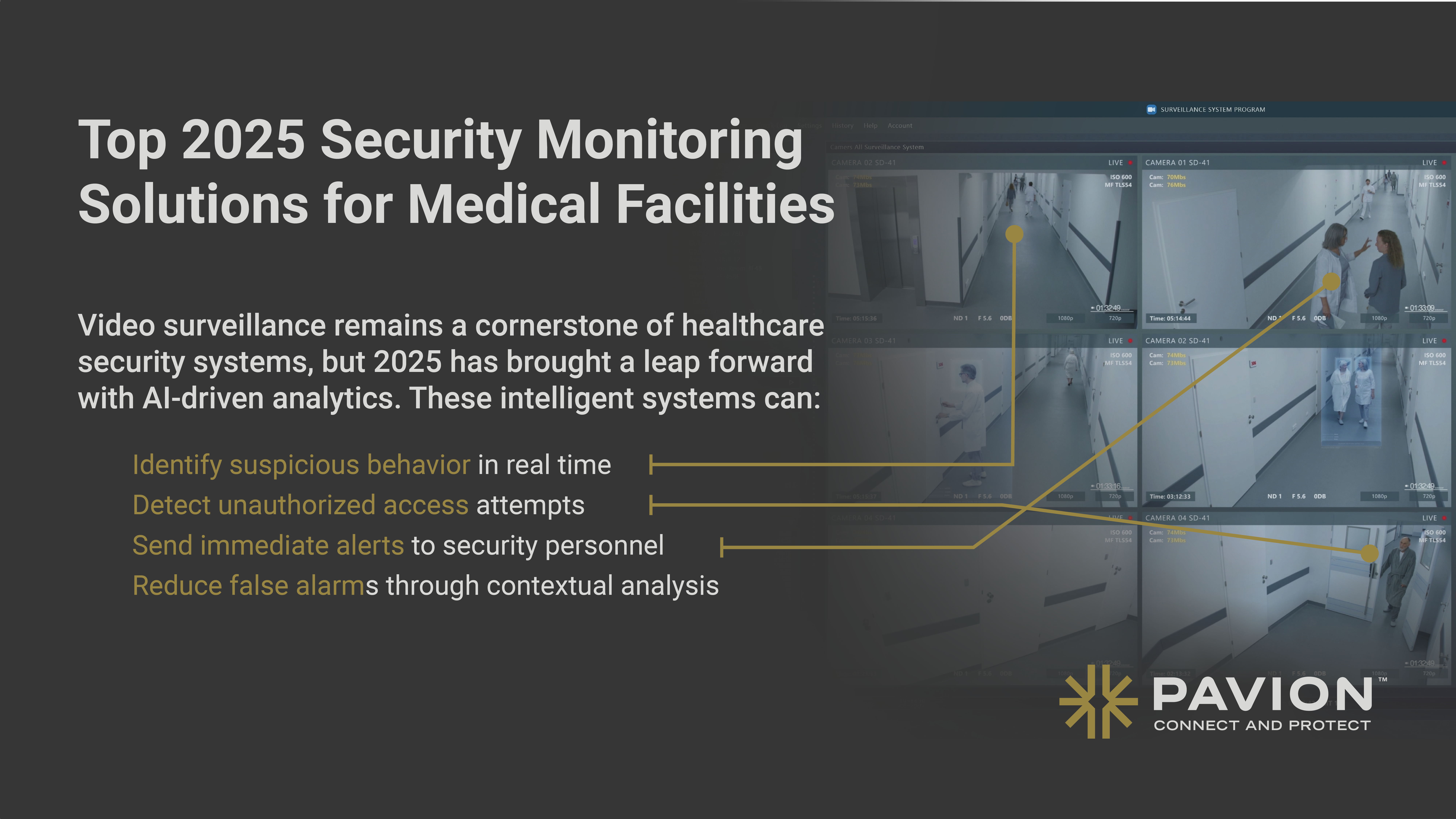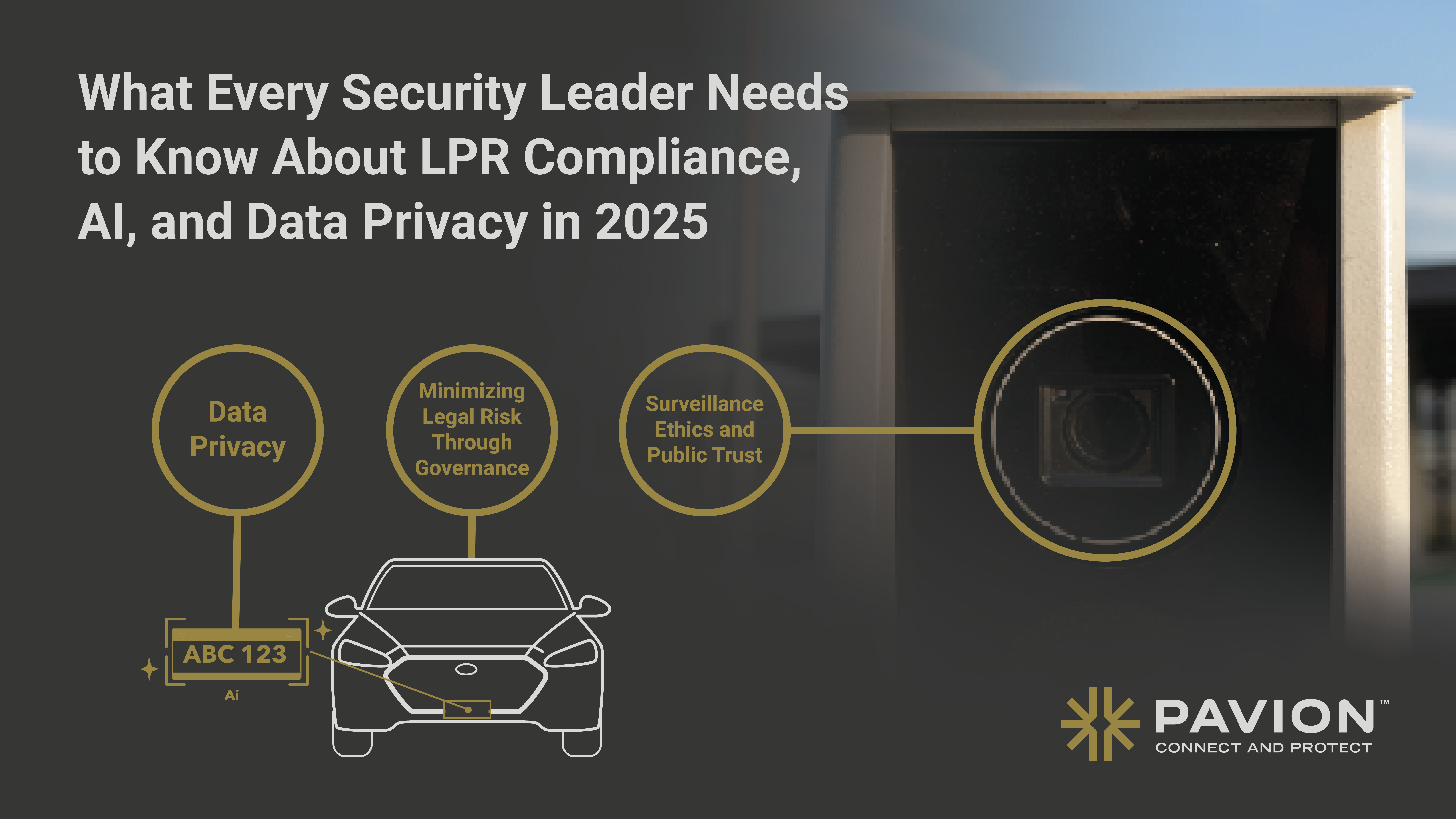
Advancements in Video Monitoring Technologies for Enhanced Security
Video monitoring technologies have revolutionized the field of security, paving the way for more efficient and effective surveillance systems. With the continuous advancements in this domain, security professionals now have access to a wide range of sophisticated tools and capabilities that significantly enhance their ability to monitor and protect their assets. One company that specializes in this cutting-edge area is Pavion, a leading provider of video monitoring solutions.
Understanding Video Monitoring Technologies
The Basics of Video Monitoring
At its core, video monitoring involves the use of cameras to capture visual recordings of specific areas or objects. These recordings are then transmitted to a central monitoring station, where security personnel can observe and analyze them in real-time or review them later as needed. Video monitoring allows for continuous surveillance, ensuring that no suspicious activity goes unnoticed.
Video monitoring technology has come a long way in recent years, with advancements in camera quality, video analytics, and remote access capabilities. High-definition cameras with advanced zoom and pan features can capture clear and detailed images, allowing security personnel to closely examine any potential threats or incidents. Additionally, video analytics software can automatically detect and alert security teams to specific events or behaviors, such as unauthorized access or loitering.
Furthermore, the ability to access video feeds remotely has revolutionized the field of video monitoring. Security personnel can now monitor multiple locations from a single control center, eliminating the need for physical presence at each site. This not only saves time and resources but also allows for a more efficient and coordinated response to any security incidents.
The Role of Video Monitoring in Security
Video monitoring plays a crucial role in enhancing security by providing valuable visual evidence, deterring potential criminals, and enabling proactive incident response. By strategically installing cameras in key areas, security teams can effectively monitor entrances, perimeters, parking lots, and other high-risk zones. This enables them to detect unauthorized access, identify suspicious behaviors, and take immediate action when necessary.
One of the key benefits of video monitoring is the ability to provide visual evidence in the event of a security incident. Recorded video footage can be used to identify perpetrators, gather evidence for investigations, and support legal proceedings. This visual evidence is often more compelling and reliable than eyewitness testimonies, as it captures the incident from multiple angles and can be reviewed repeatedly.
In addition to providing evidence, video monitoring acts as a powerful deterrent to potential criminals. The presence of cameras can discourage individuals from engaging in illegal activities, as they know they are being watched. This can significantly reduce the likelihood of theft, vandalism, or other security breaches, creating a safer environment for both individuals and property.
Moreover, video monitoring enables proactive incident response by allowing security personnel to detect and respond to potential threats in real-time. With the ability to monitor live video feeds, security teams can quickly identify suspicious activities, such as unauthorized access attempts or loitering, and take immediate action. This can include dispatching security personnel to the location, notifying law enforcement, or activating other security measures to prevent the situation from escalating.
Overall, video monitoring technologies have revolutionized the field of security by providing a powerful tool for continuous surveillance, evidence collection, and proactive incident response. With advancements in camera technology and remote access capabilities, video monitoring has become an indispensable component of modern security systems.
Evolution of Video Monitoring Technologies
Early Stages of Video Monitoring
In its early stages, video monitoring relied on analog cameras and VCRs, which limited the quality and storage capacity of the footage. The analog cameras captured video signals and transmitted them to the VCRs for recording. However, due to the limitations of analog technology, the resolution of the recorded footage was often low, making it difficult to identify details in the video.
Furthermore, the storage capacity of VCR tapes was limited, which meant that video footage had to be overwritten after a certain period of time. This posed a challenge for organizations that needed to retain video recordings for longer durations.
Despite these limitations, video monitoring systems using analog cameras and VCRs were still considered a significant advancement in surveillance technology. They provided a means to capture and review video footage, enhancing security measures in various industries.
Modern Developments in Video Monitoring
Today, video monitoring systems have undergone a remarkable transformation. High-definition IP cameras, coupled with advanced video management software, have greatly improved the clarity and accessibility of recorded footage. IP cameras capture digital video signals, which are then transmitted over computer networks.
The use of IP cameras allows for higher resolution video, resulting in clearer and more detailed images. This advancement has significantly enhanced the ability to identify individuals, objects, and events captured on video. The improved image quality has proven crucial in investigations and forensic analysis.
In addition to high-definition IP cameras, modern video monitoring systems have also benefited from advanced video management software. This software provides features such as motion detection, video analytics, and remote access to live and recorded footage. These capabilities enable users to efficiently monitor and manage video surveillance systems, enhancing overall security and operational efficiency.
Furthermore, the advent of cloud-based storage solutions has revolutionized video monitoring. Instead of relying on physical tape or local servers, video footage can now be stored in the cloud. Cloud storage offers virtually limitless capacity, allowing organizations to retain video recordings for extended periods without the need for physical storage infrastructure.
Cloud-based storage also enables easy remote access to video footage. Authorized users can securely access recorded video from anywhere with an internet connection, using a computer or mobile device. This flexibility has greatly simplified the process of reviewing and analyzing video recordings, enhancing the effectiveness of video monitoring systems.
In conclusion, the evolution of video monitoring technologies has brought about significant improvements in the quality, accessibility, and storage capacity of recorded footage. From the early days of analog cameras and VCRs to the modern era of high-definition IP cameras and cloud-based storage, video monitoring has become an indispensable tool in enhancing security and surveillance across various industries.
Key Advancements in Video Monitoring Technologies
High-Resolution Video Surveillance
High-resolution video surveillance enables security personnel to capture detailed images, making it easier to identify individuals and objects in a recorded scene. This advancement has significantly enhanced the accuracy and reliability of video evidence, providing invaluable support in investigations and legal proceedings.
Wireless Video Monitoring
The emergence of wireless video monitoring has revolutionized the field by eliminating the need for complex wiring infrastructure, making installation more flexible and cost-effective. Wireless cameras can now be easily deployed in areas that were previously challenging to monitor, such as remote locations or temporary setups.
AI-Driven Video Analytics
Artificial Intelligence (AI)-driven video analytics have taken video monitoring to the next level. By leveraging powerful algorithms, these systems can automatically analyze video feeds in real-time, flagging potential threats or suspicious activities. This allows security personnel to focus on critical events, reducing response times and improving overall security effectiveness.
Impact of Advanced Video Monitoring on Security
Enhanced Surveillance Capabilities
With advanced video monitoring technologies, security teams can now monitor larger areas without compromising quality or coverage. Pan-tilt-zoom (PTZ) cameras allow operators to observe and investigate any location within the surveillance area, ensuring that no blind spots are left unattended. This comprehensive coverage significantly enhances situational awareness and minimizes vulnerabilities.
Improved Incident Response
Real-time video monitoring facilitates swift incident response. Security personnel can swiftly identify potential threats and promptly dispatch resources to the scene, reducing response times and preventing incidents from escalating. These technologies enable better coordination between on-site security personnel and law enforcement agencies, ensuring a timely and effective response to emergencies.
Preventive Measures and Threat Detection
Advanced video monitoring systems can be equipped with intelligent features such as intrusion detection and object recognition. These capabilities enable proactive threat detection, automatically alerting security personnel when unauthorized access or suspicious behaviors are detected. By taking preventative measures before an incident occurs, security teams can effectively mitigate potential risks and ensure a safer environment.
Future Trends in Video Monitoring Technologies
Predictive Video Analytics
Looking ahead, advancements in predictive video analytics show great promise. These technologies use machine learning algorithms to analyze historical data and predict potential security threats. By identifying patterns and anomalies, proactive security measures can be implemented, enabling even higher levels of prevention and protection.
Integration of IoT in Video Monitoring
The integration of the Internet of Things (IoT) in video monitoring enables the seamless collaboration of various interconnected devices and sensors. This convergence allows for more comprehensive data collection, advanced analytics, and intelligent decision-making. From smart cameras to intelligent alarms, the IoT revolutionizes the way security systems operate, making them more efficient and adaptive.
The Role of 5G in Video Surveillance
As 5G networks become more widespread, the future of video monitoring looks even more promising. 5G’s ultra-fast speeds and low-latency capabilities enable higher-resolution video streams, real-time analytics, and faster data processing. This empowers security teams to monitor and respond to critical events with unparalleled efficiency, ushering in a new era of video surveillance.
With these advancements in video monitoring technologies, security professionals can now harness the power of cutting-edge solutions provided by companies like Pavion. As the field continues to evolve, it is essential for organizations to stay up-to-date with the latest developments to ensure the highest level of security for their assets, staff, and customers.
Enhance Your Security with Pavion’s Expertise
Embrace the future of security with Pavion’s advanced video monitoring technologies. Whether you’re in enterprise, healthcare, education, or any other sector, our tailored solutions are designed to connect and protect. Experience the transformation in safety, security, and communication with a Free System Assessment from our industry-leading experts. Get a Free System Assessment today and join the ranks of those who choose clarity and radical service for their security needs.


